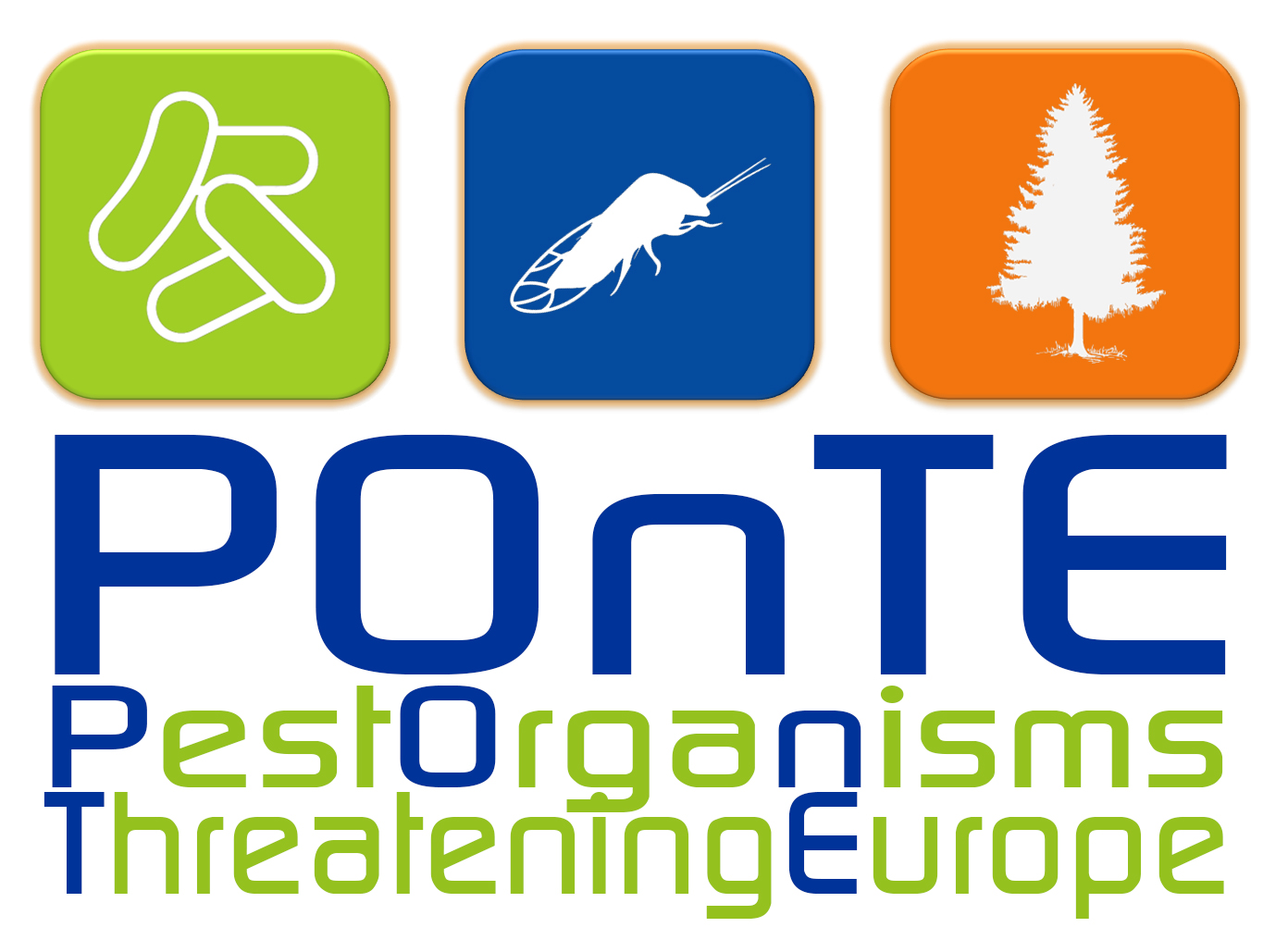Chalara dieback of ash: Everything you need to know
Chalara dieback of ash, also known as Chalara or ash dieback, is a disease of ash trees caused by a fungus called Hymenoscyphus fraxineus. (The fungus was previously called Chalara fraxinea, hence the name of the disease). Chalara causes leaf loss, crown dieback and bark lesions in affected trees. In this web page, realised by the UK Forestry […]
